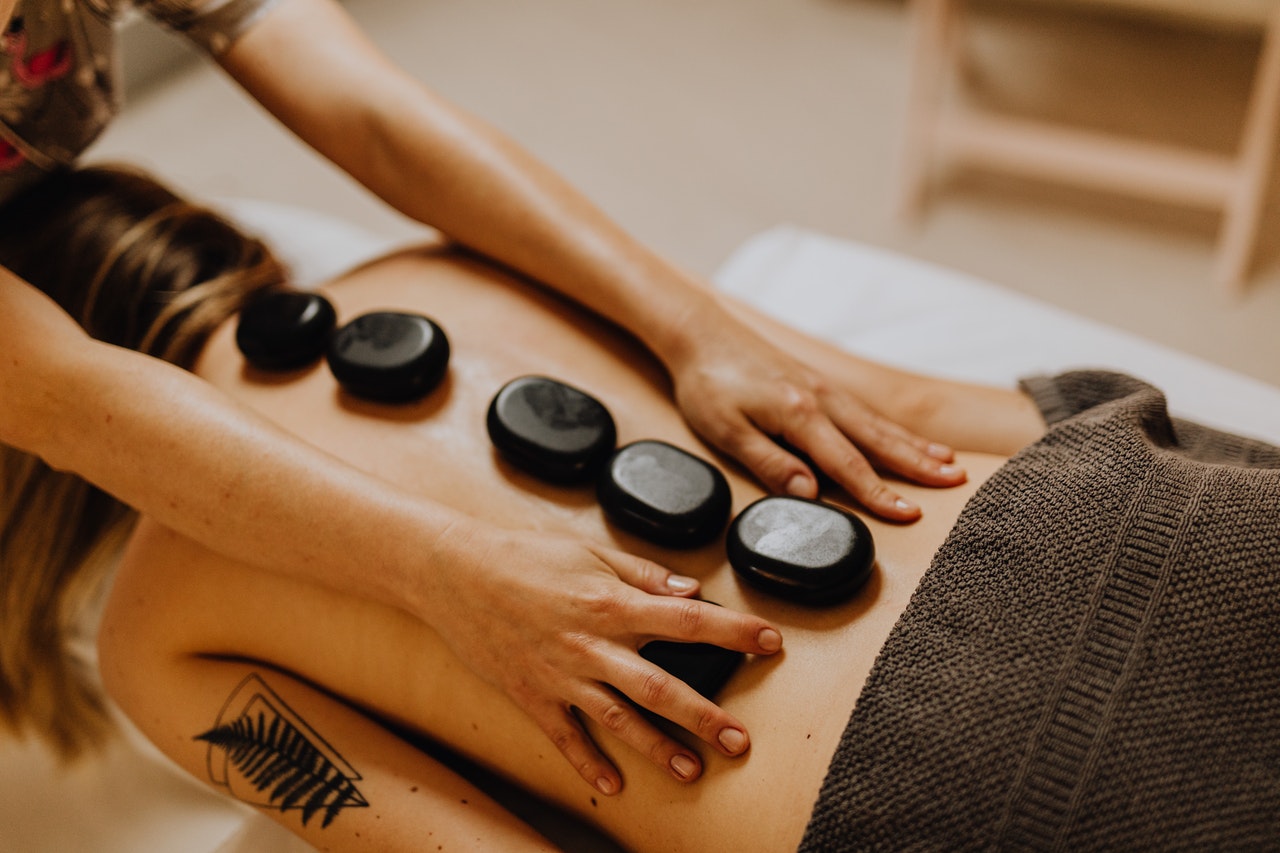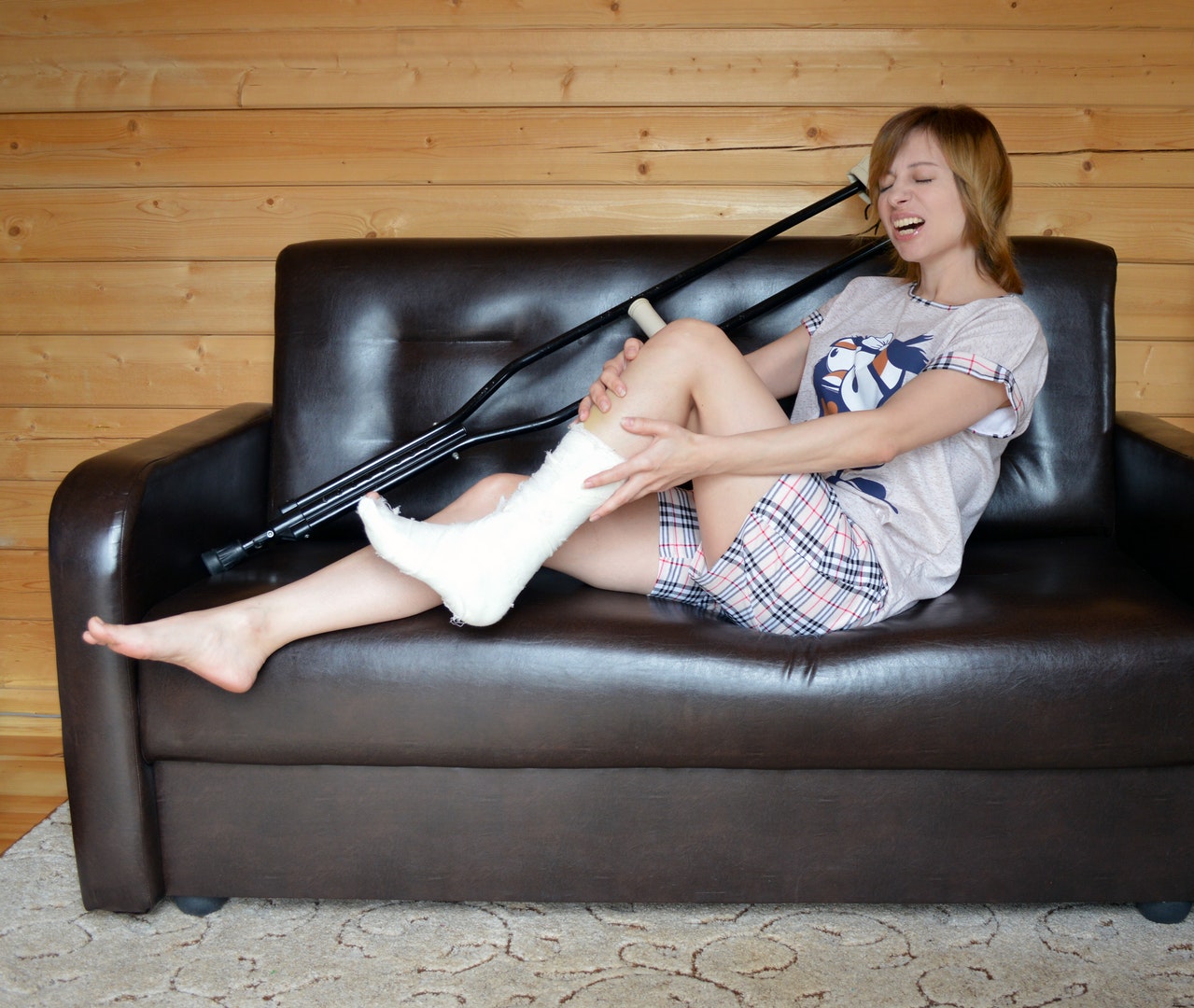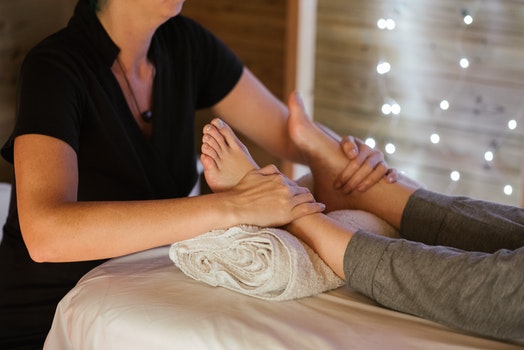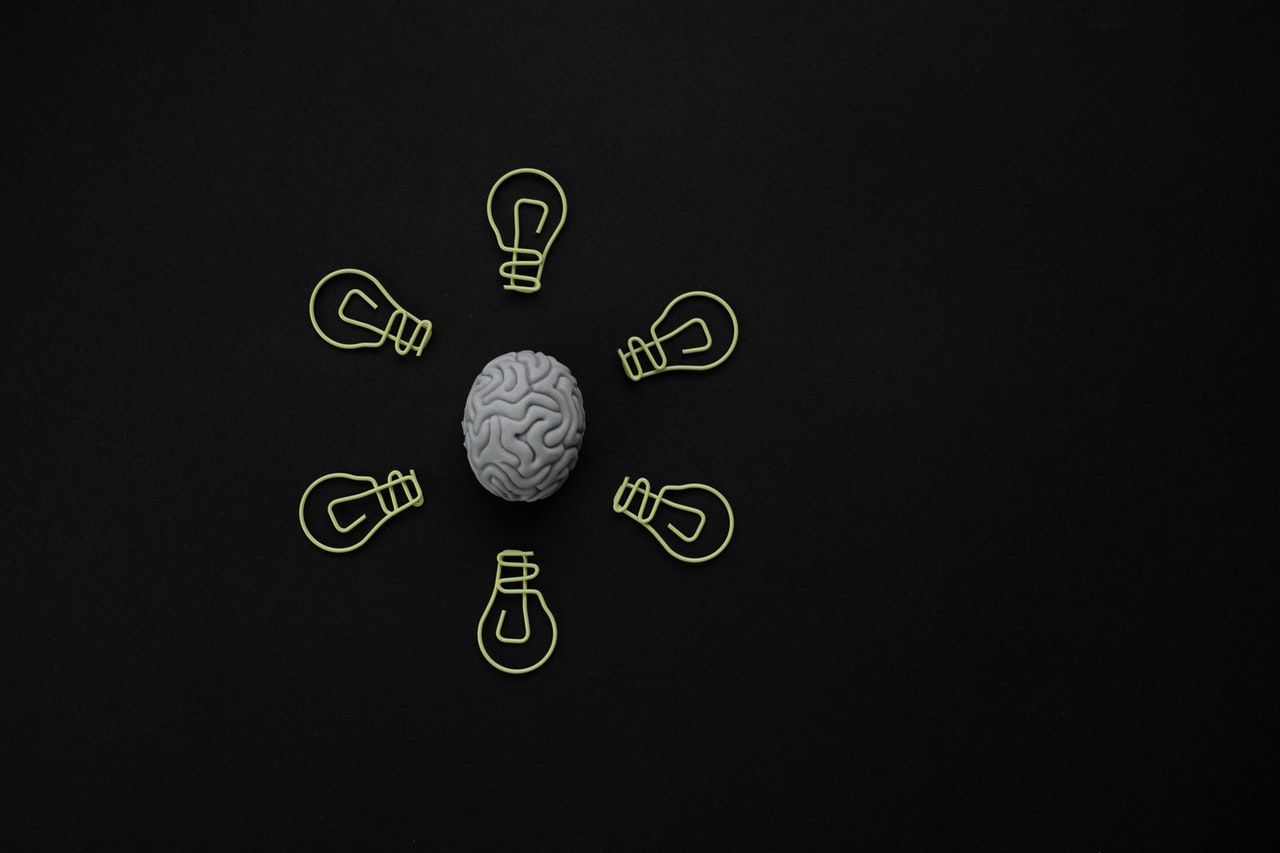If you live with lower back pain, you are not alone. According to the data, as many as four out of five individuals develop lower back pain at some point in their lives. Though certain risk factors — such as age, weight and occupation — may increase a person’s risk of developing pain in the lumbar region of the spine, the numbers suggest that almost everyone will experience it at some point.
Lower back pain can damper your quality of life, making it difficult for you to walk, much less enjoy the activities you love. The good news is that you can find relief with a few simple, at-home stretches. Below are four stretches that are effective at loosening up and strengthening the muscles in the lumbar region of your spine.
1. Child’s Pose

Child’s pose is one of the easiest and most effective stretches for relieving pain in the lower back. To perform the child’s pose, get on your hands and knees, with your palms flat on the floor. From there, extend your hands forward and slowly bring your head to your chest while dropping your hips to your heels. At this point, the inside of your elbows should be touching your ears. Lay in this position for anywhere from 20 seconds to one minute at a time.
Place a pillow beneath your belly if the position causes too much pain. In this way, you can still open up your lower back muscles but without causing too much strain on them.
2. Supine Twist

Whereas the child’s pose opens up the entire lower back for stretching, the supine twist focuses on one half of the back at a time. It also helps to stretch the glutes, which, if tight, may be contributing to your lower back pain.
To perform this exercise, lie on your back with your knees bent and your feet planted on the floor. Extend your arms into a “T” position and one leg outward. Then, keeping your shoulders on the ground, slowly twist your raised knee, touching the floor on the other side of the other leg. Lay there for 20 to 30 seconds, then rotate. Repeat two to three times.
3. Cat/Cow Stretch
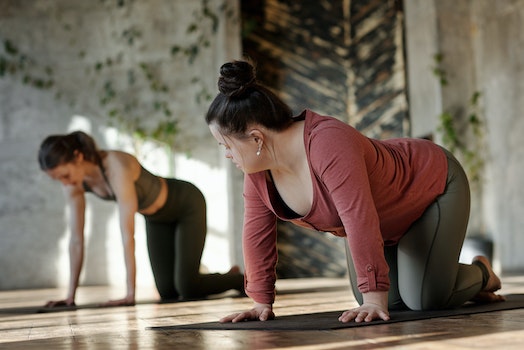
The cat/cow pose may seem simple enough, but it’s a dynamic stretch that pulls the lower back muscles in two different directions. Doing so helps to lengthen the muscles along the lower spine and, in the process, alleviate soreness.
To perform this pose, start in the tabletop position with your spine parallel to the ground. Then, pull your back up so it’s rounded, like a cat arching its back. Hold for five to 10 seconds, then pull your back in so it’s arched toward the ground. Hold again for five to 10 seconds. Repeat as many times as needed.
4. Knee-to-Chest Stretch

As with the other stretches on this list, the knee-to-chest stretch lengthens the muscles along the lower back. To perform this stretch, lie on your back and pull your bent knees to your chest. If you need to feel more of a burn, try rocking your hips side to side or pulling your hips downward while you hold your knees to your chest. Hold this position for 20 to 30 seconds, then lower your legs back to the ground and repeat.
If you experience lower back pain, give these four stretches a try. If the issue is minor, you should experience relief almost immediately.

